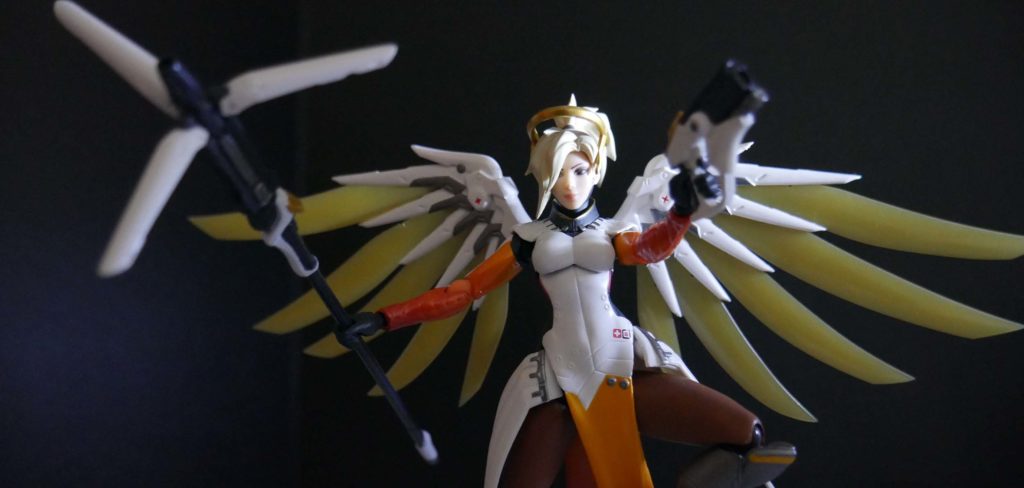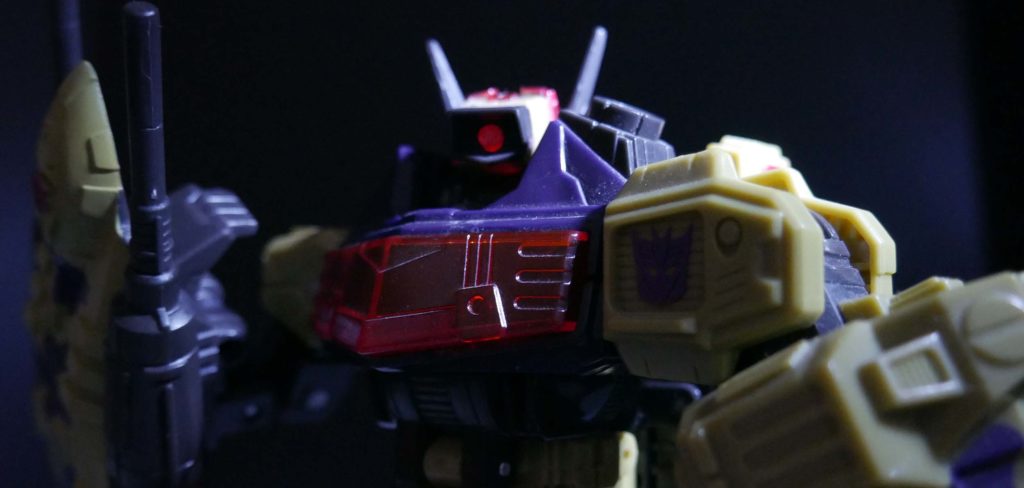
Action figures are not cheap, and these days, it seems like they’re more expensive than ever. The short answer to why action figures in general are more expensive than they used to be is: Inflation. That seems like a generic answer that doesn’t cover every base though, so I’m going to dive into some other reasons why action figures are more expensive these days, and, more specifically, why certain action figures might be sold for a much higher price than others.
The Material the Figure is Made from Can Be Expensive
The material used to make action figures comes at a price. The plastic, metal, and paint on your action figures are from natural resources that are affected by things such as inflation and the cost of trade, which can be volatile. Figures/figurines made from materials considered to be “higher quality” such as PVC (Polyvinyl Chloride) are going to be even more expensive by default. When action figures are being valued and the pricing set, they must first calculate the cost of all the materials. This can lead to even the most basic figures costing $40-50. Depending on what they’re made from, it simply may not be cost-effective to charge any less.
Who is Holding the Rights to those Characters?
Most action figures are based on something. Be it anime, comic books, cartoons, or some other form of media. The rights to the characters are all owned by someone. The owners are not typically in the action figure making business, they will outsource it to other companies. Those companies will pay for the rights to make the action figures and potentially give a cut of the sales to the trademark owner. Depending on who owns the rights, who the manufacturer is, and how large the operation is can all factor into the pricing of the action figures. This is why the smaller named, lesser-known figures are going to be more expensive than ones that can be mass-produced. Conversely, big brands such as Star Wars KNOW they are going to sell their figures and can afford to sell the manufacturing rights for far more.
Rare Action Figures Tend to be More Expensive
The rarer something is the more valuable it is. It doesn’t even have to be good quality, or functional. if there are only a few, the value will tend to go up. You see it in cars all the time, an old Aston Martin could cost millions, a newer one could cost only a hundred thousand even though it is far superior with more bells and whistles. This is the same when applied to action figures. If it has perceived value and rarity, then it is valuable. This is most commonly found in older action figures that have long since stopped being produced.
The older an action figure is, the more likely it has stopped being manufactured, the existing ones have been lost or damaged, or in some cases opened. If you have an action figure still in its original packaging, the older it is the more valuable it is. For example, the action figure of Vlix, who existed in a one-off short Star Wars cartoon in 1980, in its original packaging is worth $30k; because there are so few of them, and even fewer that have been preserved. It isn’t always the packaging that matters, for example, the original prototype G.I Joe action figure is truly one of a kind and was last sold for $200k. Just like the old Aston Martin, it is no better than the newer figures, but it is just far rarer.
Most action figures will seem some increase in value as the years go on if they are kept unopened in the original package. As time goes one, there will be less and less of any individual figure preserved in its packaging. The less of them there are, the more valuable the ones remaining will become.

The Inescapable Rule of Supply and Demand
Sometimes action figures are only manufactured for a short window of time, sometimes they are referred to as limited additions, sometimes they are simply just not produced anymore for one reason or another. The way the value here is calculated is all supply and demand. If there are only 1000 figures made, and 10,000 people want one the price could be $100. If there are only 1000 figures made but a million people want one, the price will skyrocket. Occasionally, this backfires, when there are limited edition action figures released but no one wants them. When action figures are manufactures, part of the way the price of that figure is determined is demand. How many people want it, and what are they willing to pay?
Sometimes it may not even be that a very limited number of a certain figure is produced. Sometimes a certain action figure will sell for very high prices simply because most buyers think the figure is really cool, and that’s it. This is unpredictable, and is part of reason why investing in action figures may not always be the best idea. I expand more on this here if you’re interested in reading more about that.
The Primary Audience for Action Figures is Aging
This is just a theory I have, and I can’t say that I have any numbers to back this up, but I have a feeling that kids under the age of 14 are not the true target demographic for prominent action figure lines like Star Wars, Marvel Legends, and Transformers. Kids are more and more absorbed with screens and gadgets these days (actually, I believe they have been for a while now), and though plenty of parents still buy action figures for their kids, and plenty of kids still want action figures, the number of kids who want them may be shrinking. I suspect that action figure retail prices may climbing partially because figures are being aimed at adult collectors who have the money and the willingness to pay higher prices. This is just a theory that I have, and I may write a post expanding upon it in the future.
Conclusion
Hopefully, this article has given you an insight into why action figures can cost so much. They aren’t being overvalued most of the time, they are simply just that in demand. A collector will pay a hefty sum for a mint condition action figure, still in its packaging. That means that the price for everyone else trying to buy one will go up. It is often the collectors themselves that drive the prices up. Just remember, rarer doesn’t always mean better, but it does usually mean more valuable.
Related Articles
How to Fix Loose Action Figure Joints
Whether you like to play with your action figures or display them loose joints are a problem. No action figures are immune whether it’s Transformers, Wrestlers, Star Wars, etc. Lack of friction causes looseness. For example, if the ball in a ball-and-socket joint is...
Is There a Difference Between Action Figures and Dolls?
Are action figures dolls? Are dolls action figures? Is there really a difference between the two? Most people would probably tell you that there is a difference between; however, it’s unlikely they would be able to tell you what the difference is. The truth is that...
How to Display LEGO Star Wars Ship Sets
Star Destroyers, Tie Fighters, X-Wings, LAATs—there are so many different types of ships in the Star Wars Universe. If you’re a Star Wars fan and also enjoy building LEGO sets, you may have a number of LEGO Star Wars ships assembled and sitting on the shelves in your...
Can I Put an Action Figure Inside My PC Case?
PC customization has become popular among PC enthusiasts. LED lights and stickers are trendy, fun options for decking out your PC. Decorating your PC with a certain theme in mind can also be a cool idea. Whether its Star Wars, Marvel, DC, anime, etc.—you can adorn...
7 Different Types of LED Lights for Action Figure Displays
Displaying your action figures is an inherently satisfying activity, because it allows you to showcase all the figures you’ve acquired through your collecting journey. How will you jazz up your collection display though? Some people use epic backdrops, multi-tier...
8 Ways to Display Stuffed Animals on Your Walls
Is your stuffed animal collection taking up too much space on your bed? Have you lost a significant amount of floor space to accommodate for them? Well, there are ways to you can have your plushy friends on display without having them take up a large amount of space...
